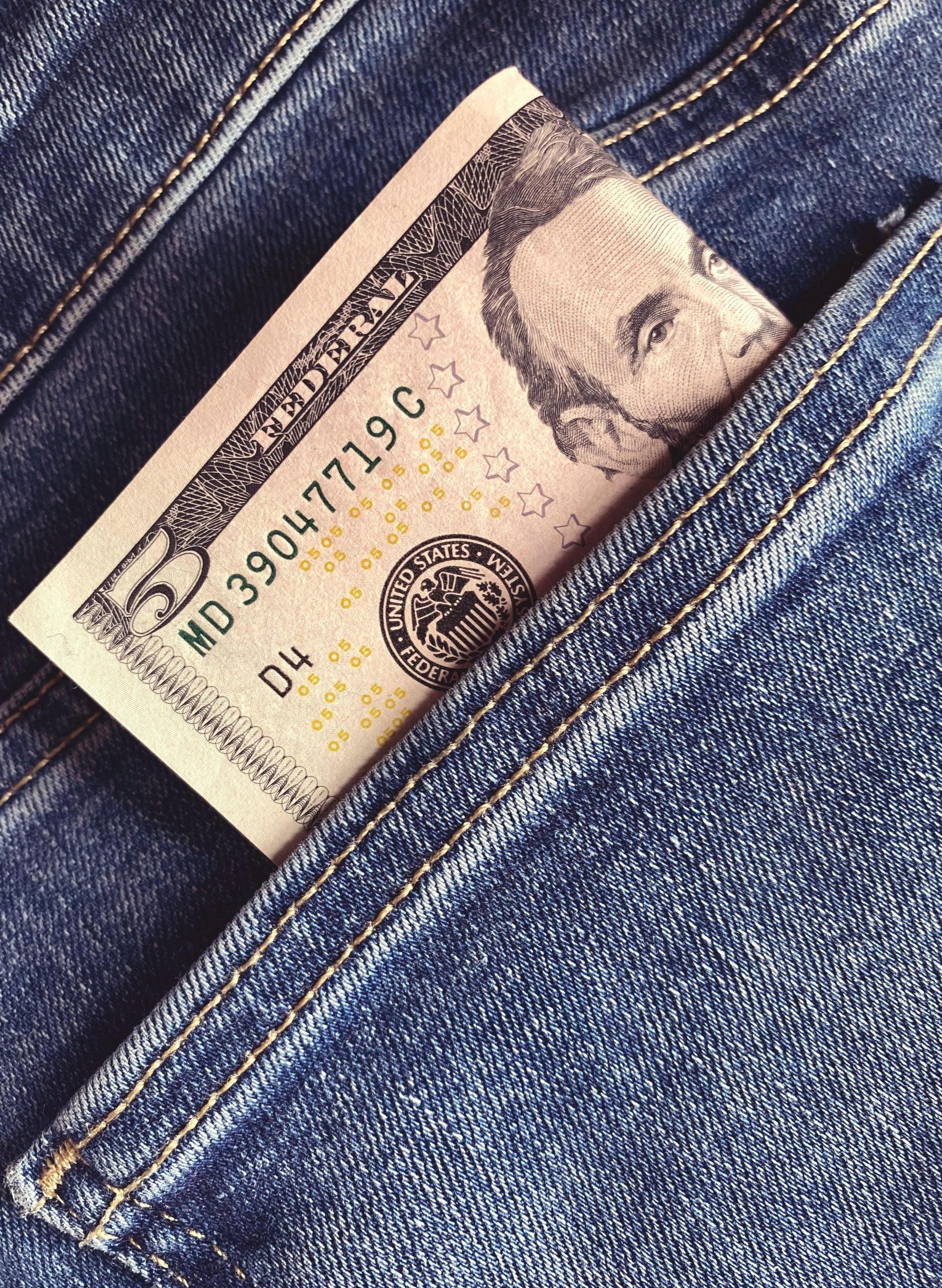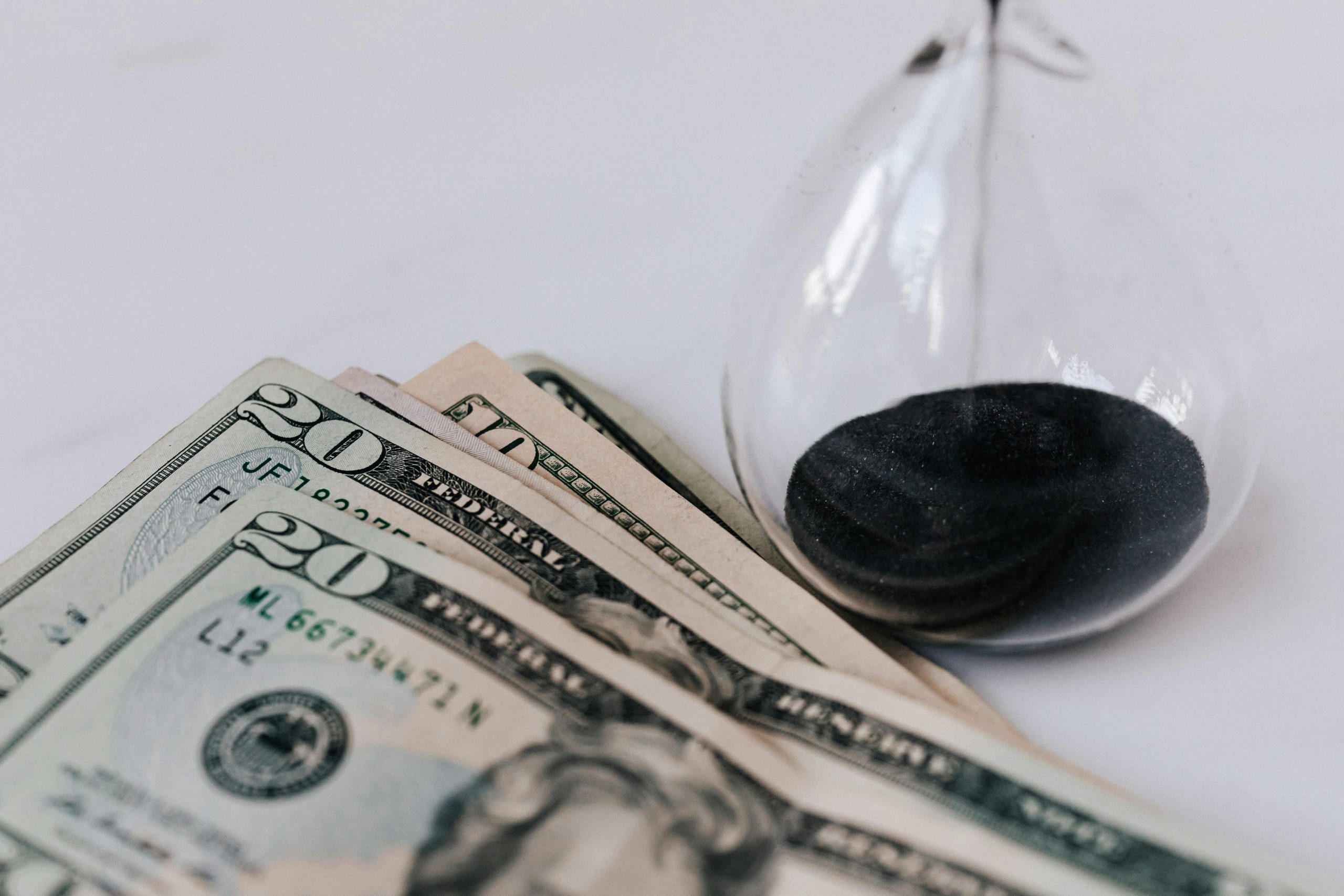Coupons seem like free money, a guaranteed way to lower your grocery bill. The satisfying beep as the discount applies at checkout feels like a win. However, the relationship between coupons and actual savings is more complex than it appears. For many shoppers, using coupons regularly might paradoxically lead to spending more money overall, not less. This happens due to subtle psychological effects, impacts on purchasing decisions, and the time investment required. Let’s explore the truth about coupons and why they might be costing you more than you realize.

Image Source: Pexels
The Psychology of Perceived Savings (The “Coupon High”)
Using a coupon triggers a positive feeling, a sense of accomplishment, and savvy shopping, sometimes called a “coupon high.” This positive emotional response can cloud financial judgment. We focus on the discount itself rather than the total amount still being spent. This feeling can make us more susceptible to impulse buys elsewhere in the store or less critical of the item’s actual necessity. The psychological reward of “saving” can overshadow the reality of overall spending, leading to higher totals despite the discounts.
Buying Unneeded Items Just to Use a Coupon
As mentioned previously, this is a primary way coupons increase spending. Manufacturers issue coupons hoping to encourage the trial of new products or lure you away from competitors. If you buy an item you wouldn’t normally purchase solely because you have a coupon for it, you haven’t saved money; you’ve spent extra money you hadn’t planned on spending. Even a $1 coupon for a $4 item you don’t need results in a net $3 expenditure driven purely by the coupon’s existence.
Choosing Pricier Brands Over Cheaper Alternatives
Coupons are predominantly offered by national brands, not typically for lower-priced store brands or generics. A coupon might make a name-brand item cheaper than its usual price, but still more expensive than the equivalent store brand. For example, a $0.50 coupon on a $3.50 brand-name cereal ($3.00 final price) is still more costly than the $2.50 store-brand version. Consistently choosing the couponed brand over the cheaper alternative purely for the sake of using the coupon results in higher spending over time. Always compare final unit prices.
The Hidden Cost of Time Spent vs. Money Saved

Image Source: Pexels
Effective couponing often requires a significant time investment. This includes finding coupons (subscribing to newspapers, printing online), organizing them, meticulously planning shopping trips around sales cycles, and matching coupons to specific items in the store. For busy individuals, the amount of time spent might not justify the relatively small savings achieved on many items. Calculating your “hourly wage” for couponing efforts might reveal that your time could be more valuably spent elsewhere, unless you genuinely enjoy the process as a hobby.
Encouraging Impulse Buys and Upselling
Stores often place coupon-friendly items on prominent end caps or near related products to encourage impulse buys. Seeing a coupon might remind you of a product, leading you to grab it even if it wasn’t on your list. Furthermore, coupons often have size restrictions, sometimes requiring you to buy a larger, more expensive size than you initially intended just to use the discount. These subtle nudges, driven by coupon availability,y contribute to increased overall spending during the shopping trip.
Stockpiling Beyond Realistic Needs
Extreme couponing sometimes encourages building large stockpiles of discounted items. While having some backup stock is wise, excessive stockpiling, especially of items with limited shelf life or things your family doesn’t use rapidly, can lead to waste. Products might expire, tastes might change, or you simply might run out of storage space. The money “saved” initially through coupons is lost if the products end up being thrown away unused. Mindful stockpiling requires a realistic assessment of consumption rates.
How Stores and Brands Use Coupons for Data Collection
Digital coupons, especially those linked to store loyalty cards or apps, provide valuable data to retailers and manufacturers about your purchasing habits. They track exactly which coupons you clip and redeem, linking this information to your overall shopping profile. This data is used for highly targeted marketing, potentially encouraging future spending. While offering discounts, digital coupons also function as a data collection tool, a transaction where you trade purchasing insights for savings. Be aware of this data exchange.
Use Coupons as a Tool, Not a Driver
The truth about coupons is that they can save money, but only when used strategically and mindfully as one part of a larger budgeting plan. They become costly when they drive unnecessary purchases, lead you to choose pricier brands, consume excessive time, encourage impulse buys, or result in wasteful stockpiling. The key is to remain focused on your actual needs and overall budget. Use coupons primarily for items already on your list, compare final unit prices rigorously, and be realistic about the time investment. Don’t let the thrill of a small discount lead to larger, unintended spending.
Do you find that using coupons generally saves you money, or sometimes leads to overspending? What strategies do you use to ensure coupons work for your budget? Share your experiences!
Read More
7 Gross Truths About Pre-Packaged Salad Kits You Wish You Didn’t Know

